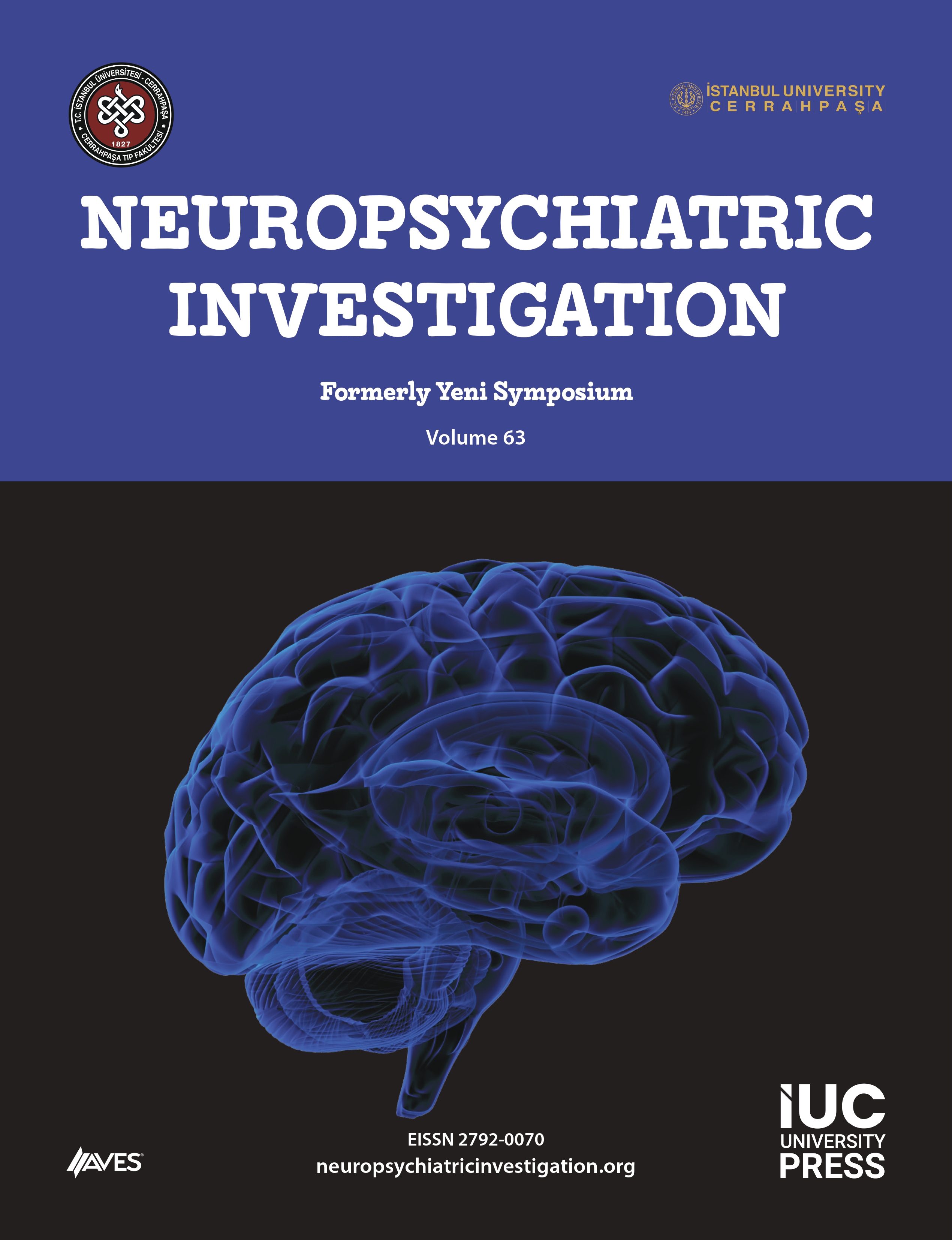Objective: The aim of this study is to investigate the relationship between regional absolute power quantitative electroencephalogram (EEG) after a single dose of aripiprazole and short-term treatment response in patients with schizophrenia as a predictor.
Methods: The study analyzed the regional absolute power quantitative EEG in 32 patients with schizophrenia who were either drug naive or off-medication for last 4 weeks. The quantitative EEG was undertaken at intake and after 4 to 5 hours of a single dose of aripiprazole. Welch-averaged periodogram was used in the Fourier transformation for spectral analysis. After fast Fourier transform of quantitative EEG data, the mean absolute power in delta, theta, alpha, beta, and gamma band in 13 regions was analyzed and correlated with Positive and Negative Syndrome Scale (PANSS) and Brief Psychiatric Rating Scale-Anchored (BPRS-A) scores.
Results: Regional absolute power spectral analysis after single dose of aripiprazole showed significant decrease in delta, theta, alpha 1, alpha 2, beta 1 in midline region, alpha 2 band in right occipital region and gamma 2 in prefrontal region. Further analysis with PANSS and BPRS-A showed no significant correlation; however, aripiprazole proved to be an efficacious drug for schizophrenia.
Conclusion: This result suggests that the regional absolute power after a single dose attenuates but does not correlate to predict a clinical response. This study kindles the idea for further studies in selected quantitative EEG channels, to predict a clinical response to psychotropic drugs during the early phase of illness and to understand the etiology of schizophrenia and further development of novel drugs.
Cite this article as: Sharma G, Singh S. Regional absolute power quantitative EEG after single dose of aripiprazole in patients with schizophrenia. Neuropsychiatr Invest. 2022;60(4):85-90.




.png)